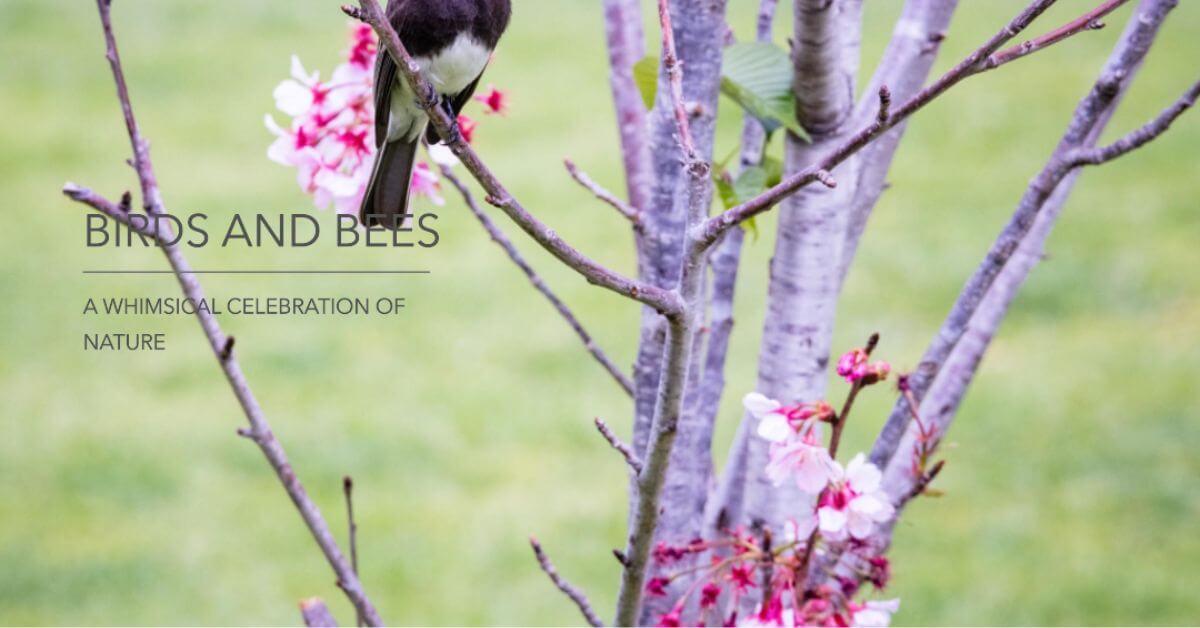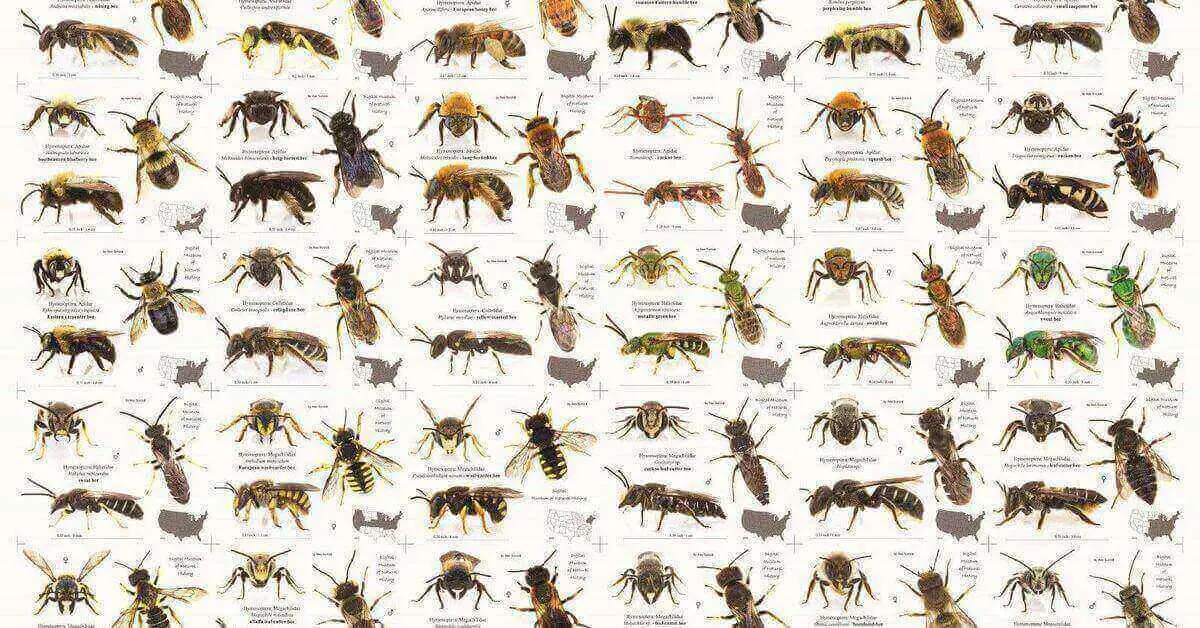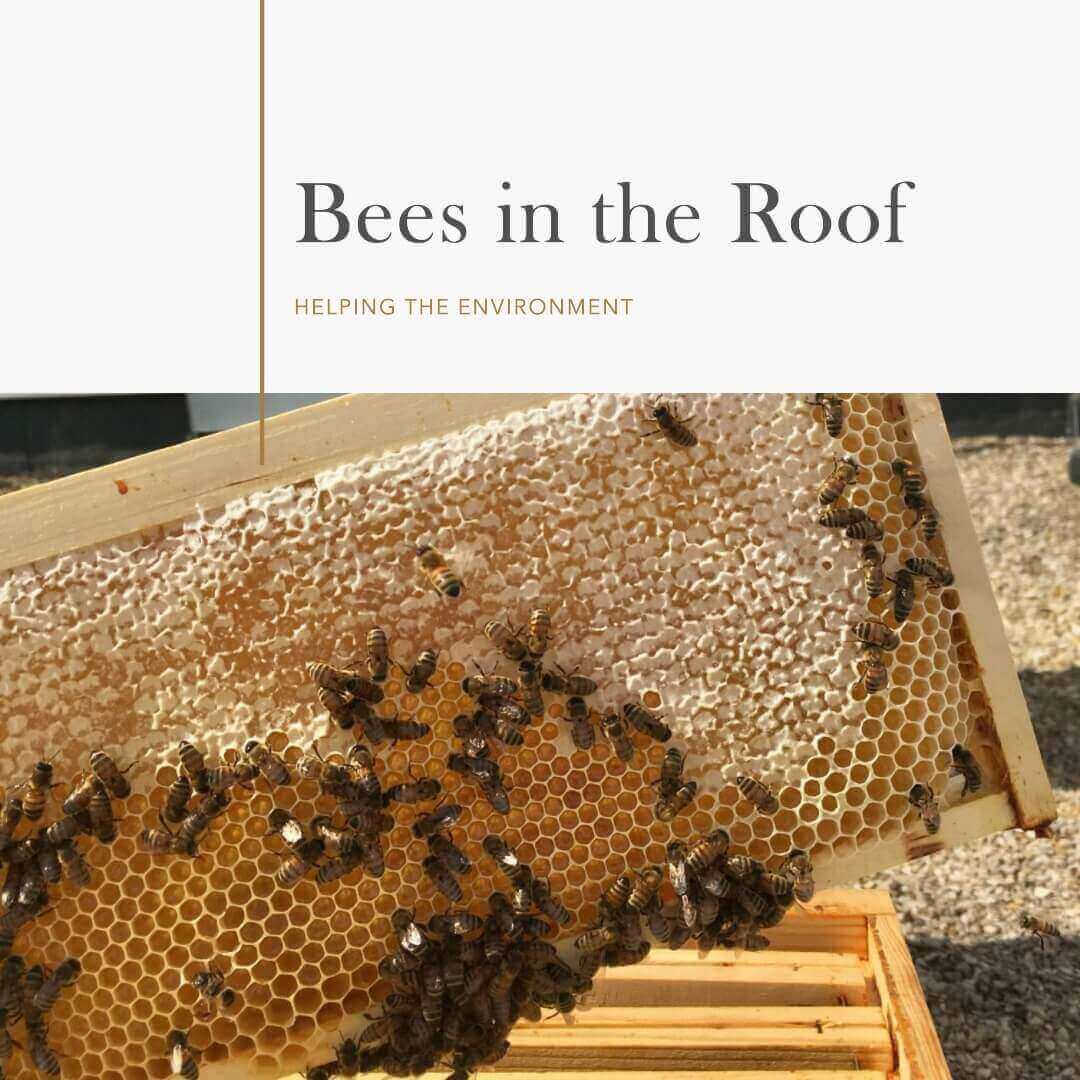In this article, we delve into the intriguing history and origins of the commonly used phrase “The Birds and the Bees.” Have you ever wondered why people chose birds and bees as symbols for explaining the topic of reproduction and human sexuality to children? Let’s embark on a fascinating journey to explore the historical significance of this idiom and its relevance in today’s society.
The Birds and the Bees: A Metaphorical Masterpiece
Unearthing the Origins
The phrase “The Birds and the Bees” can be traced back to the early 18th century. Its first appearance was in literary works, where authors used it as a euphemism to refer to the delicate topic of human reproduction. The cleverly chosen metaphor conveyed a sense of innocence and nature, making it easier to discuss such matters in a more approachable and less awkward manner.
Symbolism in Nature
Birds and bees, as symbols, hold deep-rooted connections to fertility and procreation across various cultures throughout history. In ancient civilizations, birds were often associated with love, courtship, and the concept of soulmates. Bees, on the other hand, were emblematic of industriousness and the importance of community in sustaining life.
The Evolution of the Phrase
Adoption in Modern Vocabulary
As societies evolved and became more open about discussions related to human sexuality, the phrase “The Birds and the Bee’s” found its way into common vocabulary. It became a staple in sex education and parenting conversations, serving as a gentle entry point into sensitive topics for young minds.
Pop Culture References
Over the years, “The Birds and the Bee’s” idiom has also made its mark in various forms of media, from literature and movies to songs and television shows. These cultural references have further solidified its place in contemporary language, making it instantly recognizable to people of different ages and backgrounds.
Related Posts:
- Do Carpenter Bee Sting: Treatment, and Precautions
- Do bumble bees sting? Treatment & behavior.
- What is Black Bumble Bees? How to Get Rid of them.
Are men the birds or the bees
Men are commonly referred to as the “birds and the bees” in the context of human reproduction. This metaphorical phrase is used to discuss the process of explaining sexual reproduction to children, typically involving both male and female reproductive roles. In this analogy, men are often associated with the “bees” part, representing the male role in fertilization.
The term “birds and the bees” is utilized to initiate age-appropriate conversations about reproduction, puberty, and sexuality. It is a way to educate children about the biological aspects of human reproduction, while also addressing the emotional and social aspects that come along with it. This metaphor simplifies the complexity of reproduction, making it more accessible for younger individuals to comprehend.
Embracing the Phrase Today
Importance of Age-Appropriate Education
In the present era, providing children with accurate and age-appropriate information about human sexuality is crucial. “The Birds and the Bee’s” metaphor remains an invaluable tool for parents and educators to introduce these topics in a sensitive and understanding manner.
Fostering Open Communication
Open communication between parents and children is essential for promoting a healthy understanding of relationships, consent, and self-identity. By using non-threatening idioms like “The Birds and the Bees,” parents can create an environment where children feel comfortable asking questions and seeking guidance.
Conclusion
The Birds and the Bees” is not just an ordinary phrase; it is a metaphorical masterpiece that has withstood the test of time. Rooted in history and nature’s symbolism, this idiom continues to be an essential tool for addressing sensitive topics surrounding human sexuality. As we embrace open communication and age-appropriate education, we empower the next generation with knowledge and understanding, fostering a society that respects and celebrates diversity. So, let us carry forth the legacy of “The Birds and the Bees” and nurture a world where knowledge and compassion go hand in hand.




